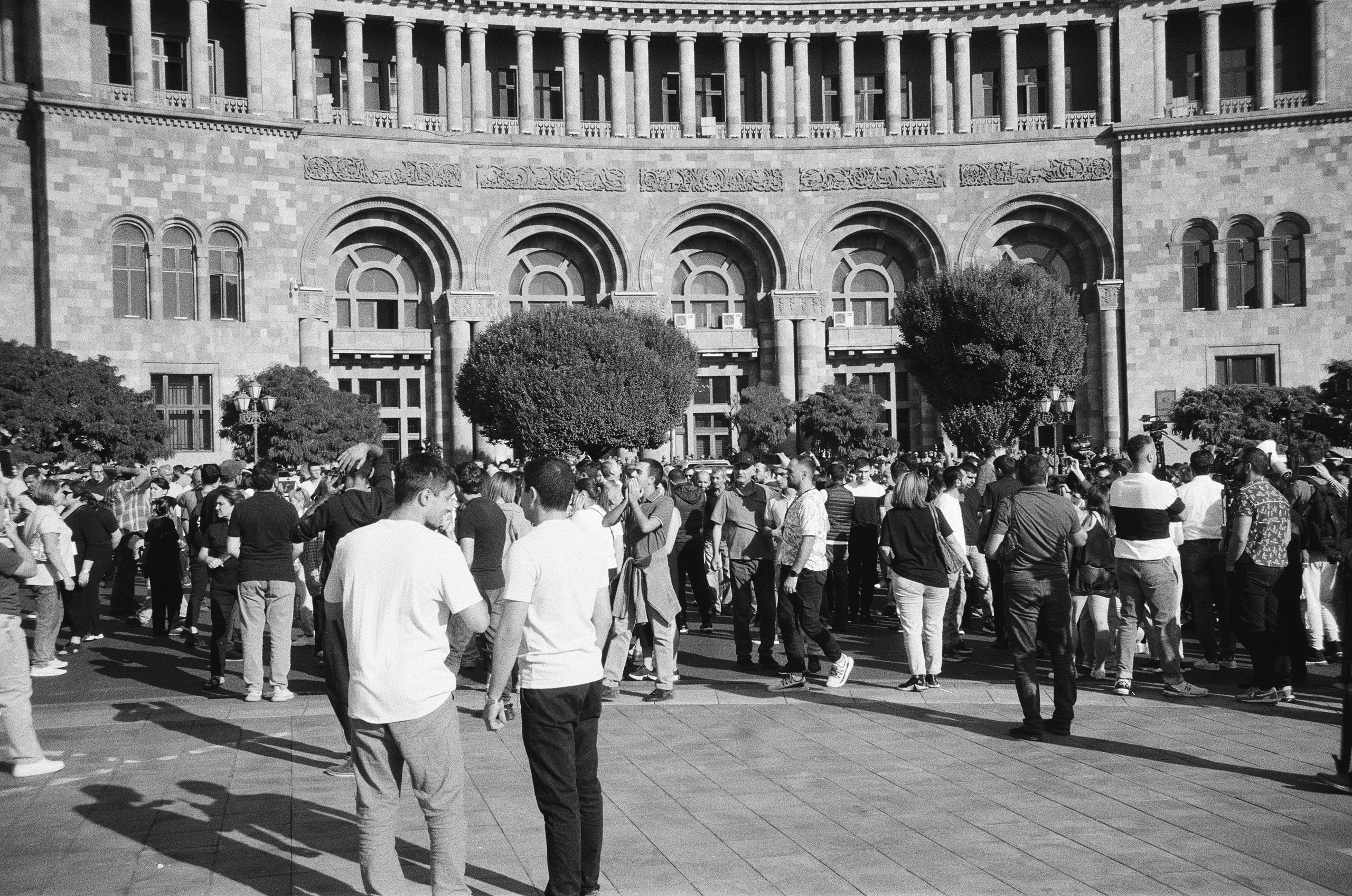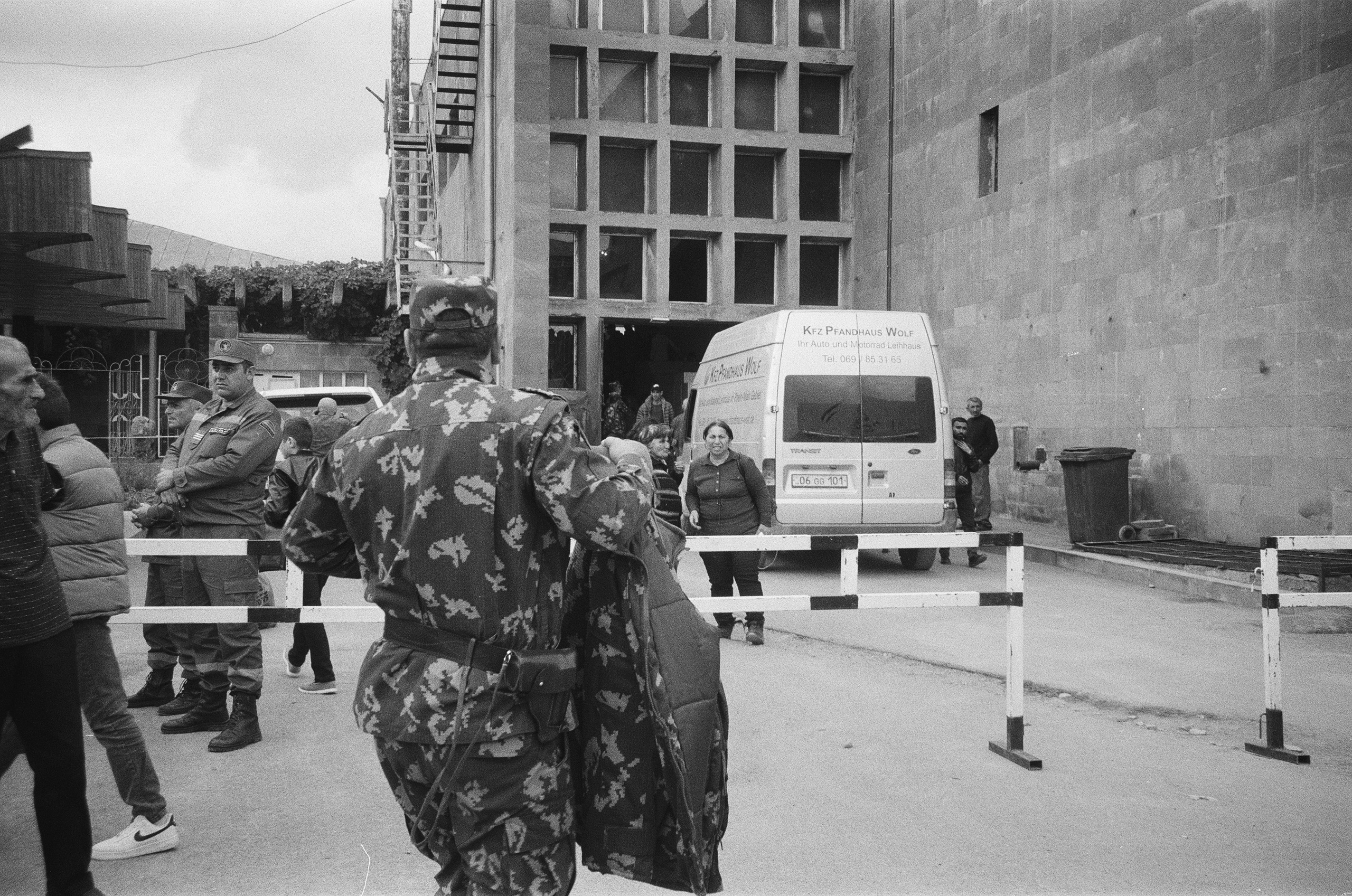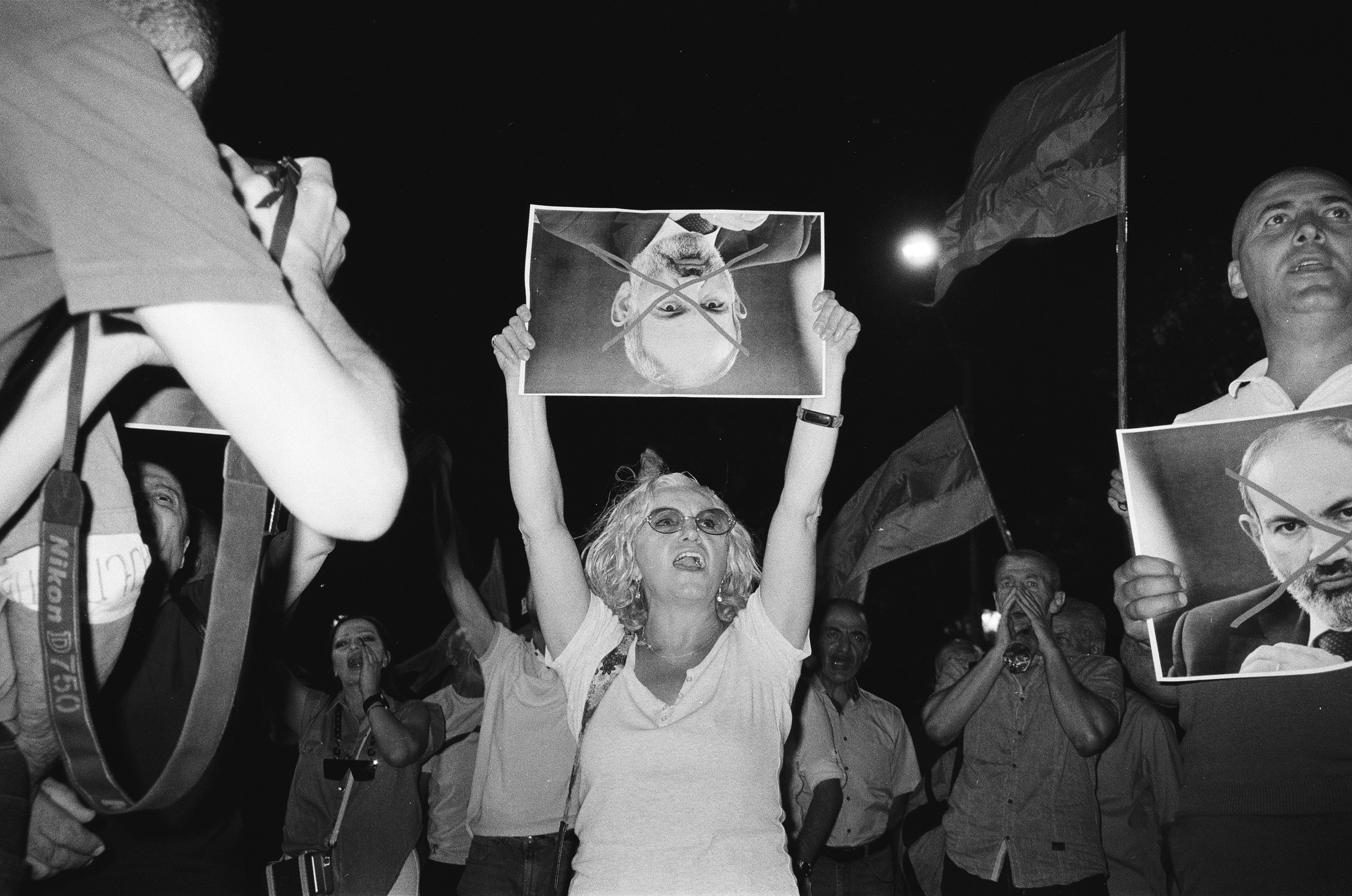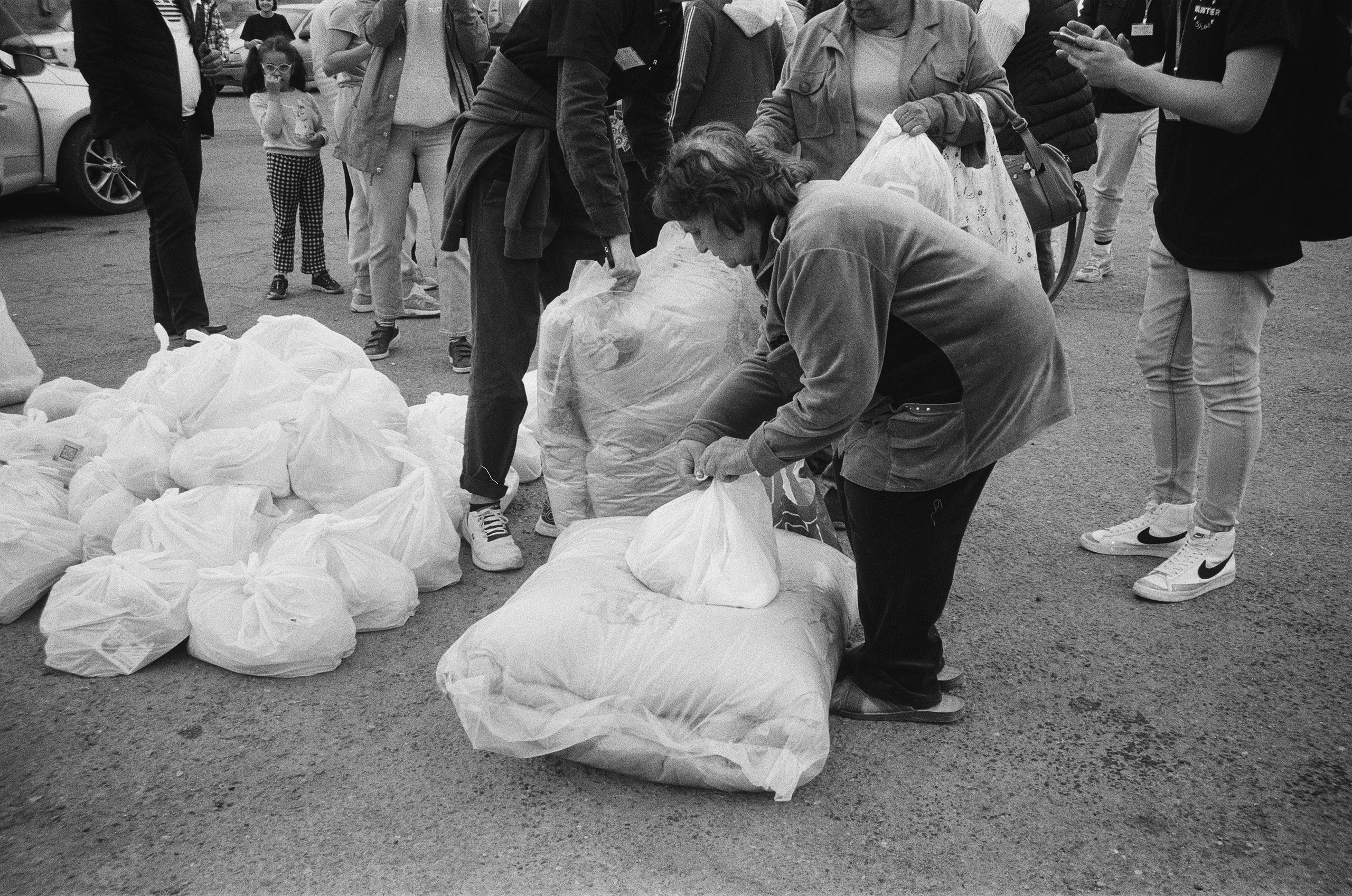ways
After a ten-month blockade, on September 19, 2023, Azerbaijan launched a military operation in the Nagorno-Karabakh Republic (the Republic of Artsakh). The goal of this operation was to gain control over the territory of the republic and annex it to Azerbaijan. Artsakh lacked the resources to resist Azerbaijan in this conflict. Physically and morally exhausted soldiers, without sufficient army supplies, faced a powerful army that had been preparing for this operation for months. The result was capitulation, which occurred just one day after the start of the conflict. In the following days, more than 100,000 Armenians left their homes out of fear of ethnic cleansing by Azerbaijan, which gained control of the republic. They all headed towards the only humanitarian corridor to Armenia. Goris was the first city on the path of thousands of refugees.
From
the first day of the new conflict, protests engulfed Yerevan, the capital of
Armenia. The focal point of all the protests was Republic Square, where the
Government building is located. Initially, these were spontaneous gatherings of
people. Enduring stress from the new war and worrying about relatives and
friends in the territory of Artsakh, people found solace in expressing their
emotions in the square. Opposition political leaders and movements quickly joined them. A
stage for speakers was set up in the square every evening, protest leaders
emerged, and the actions of the protesters became coordinated and deliberate.
Within a day, the protests transitioned from spontaneous gatherings in front of
the building to marches, road blockades, and clashes with the police.
Gradually, the sentiment of the protesters shifted from “for Artsakh”
to “against the government” more strongly.
While protesters plunged the city into chaos, volunteers from all over the
country organized to provide assistance, and refugees began arriving in
Armenia. From the very beginning, it became clear that regardless of the
outcome, Armenia would need a tremendous amount of resources to help those
affected by the new war. Numerous charitable foundations launched efforts to
collect humanitarian aid and recruit volunteers for various tasks. These
foundations undertook different initiatives: gathering clothing, food,
medicine, arranging accommodation, transportation, and mobilizing volunteer
doctors to provide medical assistance.
These events divided part of the active population into two camps. The first saw the problem in the government, and their solution to this problem was mass protests and clashes with the police. The second were preparing to receive refugees. While protests thundered through the streets of Yerevan, and volunteers in the courtyards were gathering food, clothing, and medical supplies, the first refugees began arriving in the border town of Goris.
Two completely different worlds emerged in Armenia. While people in the capital’s main square were chanting protest slogans, inspired by the belief in imminent change, on the other side of the country, in the central square of a small town on the border of Armenia and the Nagorno-Karabakh Republic, thousands of refugees were sitting, for whom the future did not seem bright.



















This project has no place for judgment or evaluation of people’s actions. There is only a desire to show how different people’s perspectives and solutions to a problem can be.














